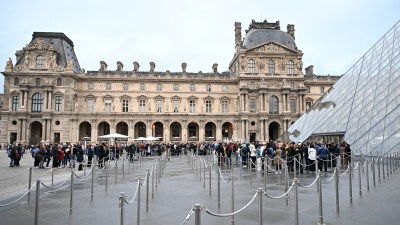High-tech cool for Bush bunker
It's starred in many a movie and television show. But the Situation Room - the presidential decision centre under the West Wing - is not quite the high-tech haven that Hollywood imagines it to be.

It’s starred in many a movie and television show. But the Situation Room – the presidential decision centre under the West Wing – is not quite the high-tech haven that Hollywood imagines it to be.
In reality, it was something of a low-tech dungeon. The computers and telephones looked like the best technology available in 1985. Communications were often by fax.
Until, it closed for its biggest overhaul since John F Kennedy
On December 27, the new Situation Room is to open formally, the result of planning that reaches back to before the September 11 attacks but took on added urgency afterward. The White House offered a preview to two reporters on Monday.
However, even in its new incarnation, it is not quite up to the standards of 24. But at least, it’s getting closer.
For starters, the President’s new main conference room, has six flat-screen televisions for video conferences. The technology linking them to international leaders across the globe makes it less likely for the images will go black. (This happened regularly in connections to Baghdad and has been known to “prompt a presidential outburst.”)
Deputy White House chief of staff Joe Hagin said the screens also have the ability to perform on-screen drawings.
The watch officers, which previously stared at walls, are now arrayed on two tiers of curved computer terminals that can be fed both classified and unclassified data from around the world.
The Situation Room was largely an outgrowth of the Cuban missile crisis, an event that made President Kennedy and his aides realise they needed a central hub for information during crises.
Among the most important changes, Hagin said, is the expansion of its use beyond the National Security Council to include the Homeland Security Council and the White House chief of staff’s office.
The new room has less mahogany and more of what Hagin called a 21st century whisper wall. Where the old Situation Room suite had two secure video rooms, the new one has five and a direct feed to Air Force One, a better fit for President Bush.





- 01
- 02
- 03
- 04
- 05


























